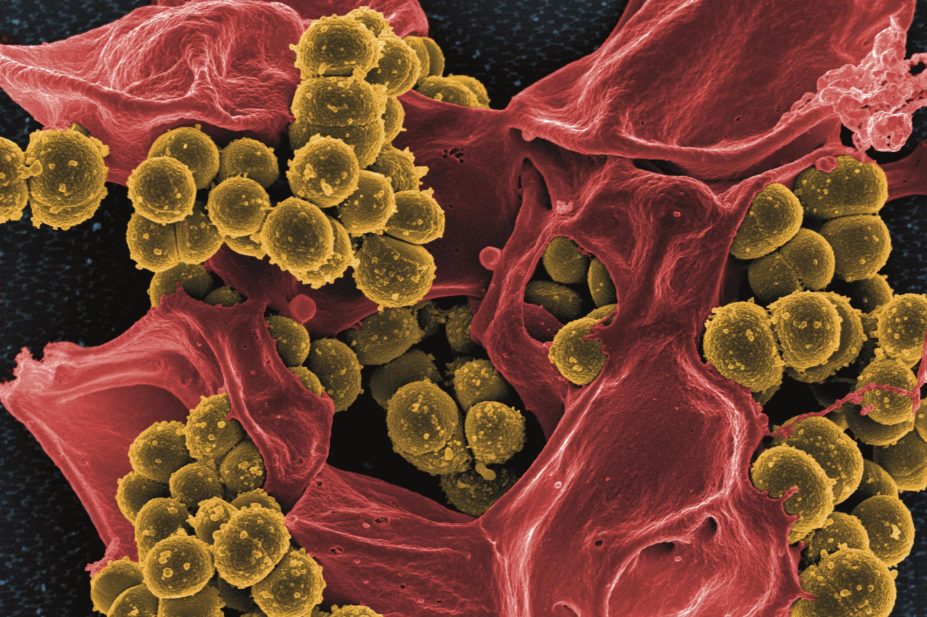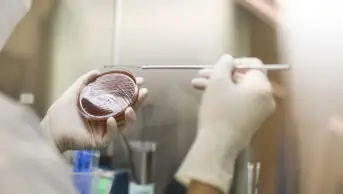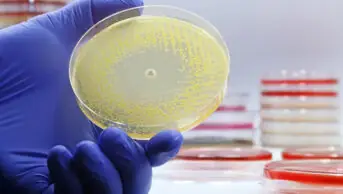
NIAID / Wikimedia Commons
Understanding how bacteria evolve to become drug resistant is vital to overcoming resistance. In work published in PLoS One
[1]
(online, 6 May 2015), researchers describe a mathematical model to calculate the odds of resistance developing in TEM-1 β-lactamase — a known antibiotic resistance determinant.
By estimating growth rates of each of 16 TEM β-lactamase genotypes when treated with 15 β-lactam antibiotics, the model identified optimal sequences for the antibiotics, with the greatest possibility of reversing drug resistance and returning to wild-type TEM.
“Doctors don’t take an ordered approach when they rotate antibiotics,” says Miriam Barlow, the senior author, from the University of California, Berkeley.
The researchers say their model is applicable to many species of resistant bacteria and the study “shows that there is promise for reversing the evolution of resistance through antibiotic treatment plans”.


